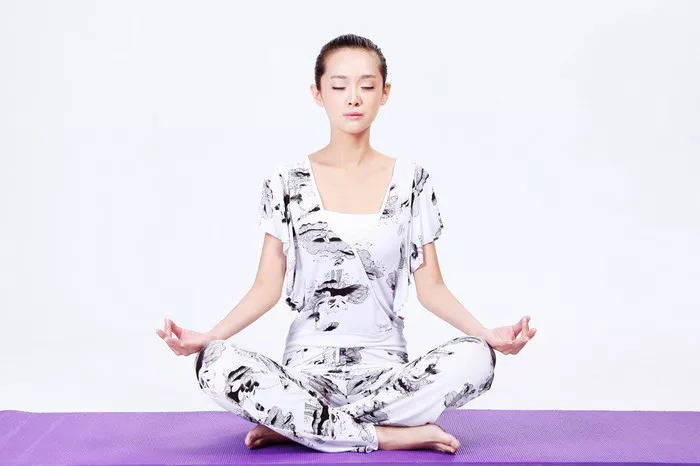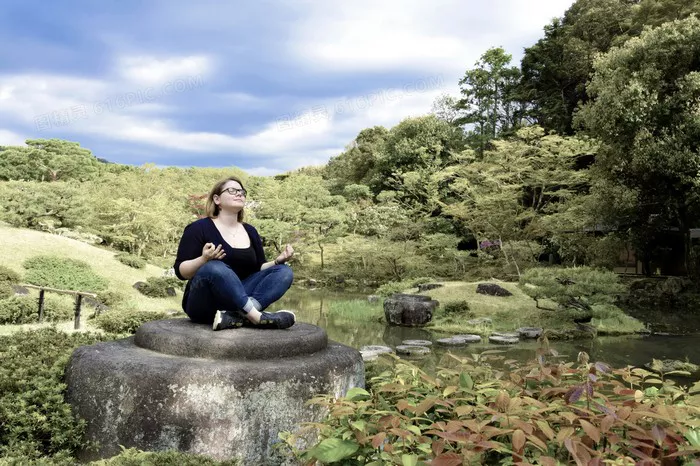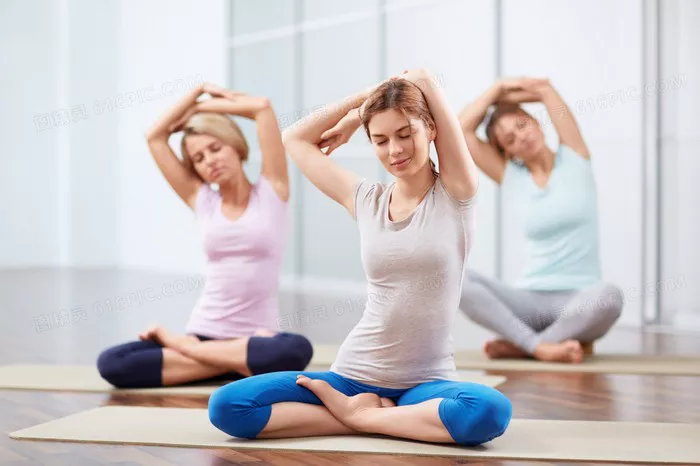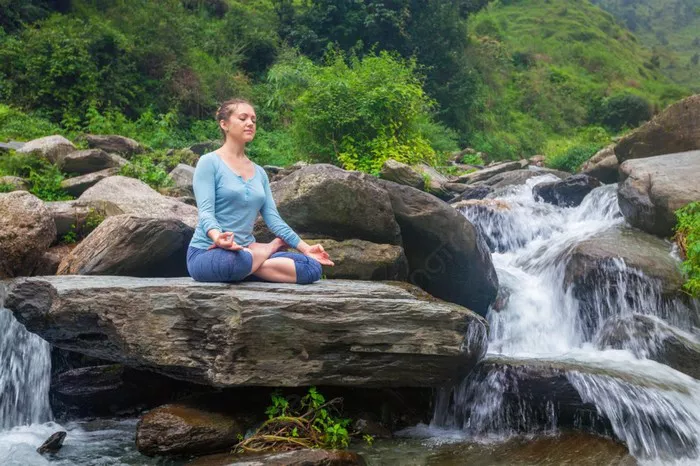Kayakalpa Yoga, an ancient and revered system of yoga, stands out as one of the most profound and transformative paths of self-healing and rejuvenation. Rooted in ancient Indian traditions, it offers not only physical benefits but also spiritual growth and longevity. Understanding Kayakalpa Yoga requires an exploration of its philosophy, practices, and how it influences both the body and the mind.
In this article, we will delve deeply into the philosophy of Kayakalpa Yoga, explaining its origins, the principles behind it, its impact on health and well-being, and the methods involved in its practice. By the end of this exploration, you will have a clear understanding of why Kayakalpa Yoga is so widely respected, and how it can enhance your life both physically and spiritually.
The Origins and History of Kayakalpa Yoga
Kayakalpa, which translates to “body transformation” or “body rejuvenation,” has its roots deeply embedded in the traditional healing practices of ancient India. It has been practiced for thousands of years, with references to its benefits found in the ancient texts of yoga and Ayurveda. The practice itself was developed and refined by enlightened yogis and sages, who sought to understand the deeper connection between the body, mind, and spirit.
In the traditional texts, it is said that Kayakalpa Yoga was developed as a way to combat the natural process of aging and degeneration. The key to its philosophy is the belief that the human body, when treated with the right practices and in harmony with natural laws, can remain vibrant, healthy, and youthful. Kayakalpa Yoga seeks to empower practitioners to tap into the body’s innate capacity for self-healing and rejuvenation.
The method itself was originally kept secret and passed down through generations of highly skilled yoga masters. However, over time, the teachings and practices began to spread, gaining attention from modern practitioners who were curious about its potential. In the modern age, Kayakalpa Yoga has garnered interest not only for its physical benefits but also for its spiritual and mental transformation.
Core Philosophy of Kayakalpa Yoga
The philosophy of Kayakalpa Yoga is centered around the idea of “body purification” and “energy refinement.” It focuses on rejuvenating the body, mind, and spirit through a combination of yogic techniques that aim to reverse the aging process, restore vitality, and promote a deep sense of peace and well-being.
At its heart, the practice is rooted in the following core philosophies:
The Unity of Body and Mind: Kayakalpa Yoga recognizes that the body and mind are interconnected. A healthy body leads to a clear and peaceful mind, and a calm mind contributes to better physical health. This interconnectedness is fundamental in the rejuvenating process. When the body is aligned with the mind, the entire being experiences harmony, which is essential for vitality and longevity.
Prana and Vital Energy: One of the central concepts in Kayakalpa Yoga is the idea of “prana” or vital life energy. Prana is believed to flow through the body, maintaining health and life. In Kayakalpa Yoga, the techniques used are designed to enhance and circulate prana throughout the body, nourishing cells, tissues, and organs. The regulation of prana is thought to be essential for slowing down the aging process and boosting energy levels.
Detoxification and Purification: Detoxification is an essential part of Kayakalpa Yoga. The body accumulates toxins and negative energy over time, and Kayakalpa techniques aim to eliminate these impurities. By doing so, the body can heal itself and maintain its natural balance. Regular purification helps to clear blockages in the body, which allows for the free flow of prana, enhancing both physical and mental health.
Self-Healing: At its core, Kayakalpa Yoga is about unlocking the body’s innate ability to heal itself. The philosophy teaches that the body has the potential to remain youthful and vibrant if it is given the proper care, attention, and nourishment. By practicing the techniques of Kayakalpa Yoga, practitioners aim to stimulate the body’s natural healing processes, which are often hindered by stress, negative emotions, poor nutrition, and a lack of movement.
Spiritual Transformation: While Kayakalpa Yoga is often focused on physical rejuvenation, it is also a deeply spiritual practice. The ultimate aim is to achieve spiritual growth and enlightenment. The rejuvenation of the body is seen as a stepping stone to purifying the mind and spirit, allowing practitioners to reach higher states of consciousness and self-awareness.
Key Practices in Kayakalpa Yoga
The practices of Kayakalpa Yoga are designed to stimulate the body’s energy flow and promote rejuvenation. These practices are not just physical exercises but holistic techniques that engage the body, breath, mind, and energy systems. Some of the primary practices in Kayakalpa Yoga include:
1. Pranayama (Breath Control)
Breath is seen as a bridge between the body and mind, and controlling the breath through pranayama is one of the most important practices in Kayakalpa Yoga. Pranayama techniques help to regulate the flow of prana, reduce stress, and increase vitality. Specific pranayama techniques are used to clear blockages, detoxify the body, and promote energy circulation. Practices such as alternate nostril breathing (Nadi Shodhana) are commonly used to balance the body’s energy and rejuvenate the cells.
2. Asanas (Physical Postures)
While Kayakalpa Yoga is often thought of as a breath-based practice, asanas play an important role in supporting the body’s rejuvenation. The physical postures are designed to open the body’s energy channels, improve circulation, enhance flexibility, and reduce physical tension. Many of the asanas practiced in Kayakalpa Yoga are gentle, restorative, and promote deep relaxation.
3. Mudras and Bandhas
Mudras (hand gestures) and bandhas (body locks) are integral to the practice of Kayakalpa Yoga. These techniques help direct prana throughout the body and enhance its circulation. Mudras are often used during meditation and pranayama practices to channel energy to specific parts of the body, while bandhas help activate energy centers and stabilize the internal energy flow. Both mudras and bandhas are used to improve vitality and contribute to the rejuvenation process.
4. Meditation
Meditation is a cornerstone of Kayakalpa Yoga. Through meditation, practitioners can deepen their connection with the present moment, clear mental blockages, and promote inner peace. Meditation practices in Kayakalpa Yoga are specifically designed to calm the mind, reduce stress, and cultivate awareness of the body’s energy systems. By quieting the mind and entering deeper states of consciousness, practitioners can activate the body’s self-healing mechanisms and achieve higher states of spiritual awareness.
5. Diet and Lifestyle Practices
In addition to the physical practices, Kayakalpa Yoga emphasizes the importance of diet and lifestyle in maintaining health and vitality. Practitioners are encouraged to follow a nutritious, balanced diet, free from toxins, and to cultivate healthy habits that support both the body and mind. Ayurveda, the sister science to yoga, often complements Kayakalpa Yoga, providing guidance on foods, herbs, and lifestyle routines that promote longevity and balance.
Benefits of Kayakalpa Yoga
The practice of Kayakalpa Yoga offers a wide range of benefits, both physically and mentally. Some of the most notable benefits include:
1. Youthful Vitality
One of the main goals of Kayakalpa Yoga is to maintain youthful energy and vitality. Through its rejuvenating practices, practitioners can slow down the aging process, reduce signs of aging, and feel more energetic and vibrant.
2. Improved Health and Longevity
Kayakalpa Yoga enhances the overall health of the practitioner. By purifying the body, improving circulation, and boosting prana, practitioners often experience improved immunity, digestion, and energy levels. The focus on detoxification helps eliminate toxins from the body, leading to better physical well-being.
3. Mental Clarity and Emotional Balance
The practices of Kayakalpa Yoga not only improve physical health but also help balance the mind and emotions. Regular practice leads to greater mental clarity, emotional stability, and a sense of calm. The deep relaxation achieved through the practices helps to reduce stress and anxiety, promoting a more balanced and harmonious life.
4. Spiritual Growth
On a spiritual level, Kayakalpa Yoga supports the growth of inner awareness and enlightenment. The purification of the body and mind creates a fertile ground for spiritual growth, and many practitioners experience a deeper connection with their true self.
5. Improved Self-Healing Abilities
By tapping into the body’s natural self-healing mechanisms, Kayakalpa Yoga encourages the body to regenerate and repair itself. Many practitioners report faster recovery from illness, enhanced energy levels, and improved physical vitality.
Conclusion
The philosophy of Kayakalpa Yoga is a profound and transformative path toward health, vitality, and spiritual growth. Rooted in the idea of rejuvenating the body, mind, and spirit, it offers practitioners a holistic approach to life that can slow down the aging process, enhance energy levels, and promote a deep sense of peace and well-being. Through its combination of physical postures, breath control, meditation, and lifestyle practices, Kayakalpa Yoga provides a roadmap for not only improving physical health but also cultivating emotional and spiritual balance. Whether you seek greater vitality, emotional harmony, or spiritual awakening, Kayakalpa Yoga can be a powerful tool on your journey to a healthier and more fulfilling life.
Related Topics:















